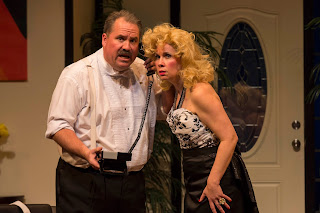IVCI laureate brings Finnish music to local attention, is joined by Ronen musicians for Brahms

To the casual American music-lover, the Finnish contribution to classical music is usually summed up in the work of Jan Sibelius. But the cultivation of music in Finland over many decades since Sibelius has produced a wealth of worthy successors, as well as superb players and conductors nurtured by the nation's outstanding music education. Jaakko Kuusisto was one of the 1994 laureates. Monday night in the Laureate Series of the International Violin Competition of Indianapolis, Jaakko Kuusisto furthered our acquaintance with this phenomenon. A laureate in the 1994 IVCI, he has amassed many other honors since, including impressive credits as a composer and conductor in addition to his violin-playing. The first half of the violinist's program at the Indiana History Center was all Finnish, starting with the founding father, Sibelius (1865-1957). Five Danses Champetres , played with Chih-Yi Chen at the piano, made for an expansive curtain-raiser as well as a charming exposit












